Understanding Wildfire Events
Wildfires have become an increasingly pressing topic across the globe, driven by factors such as climate change, land management practices, and human interaction with nature. Events focusing on wildfires not only raise awareness of these issues but also bring communities together to address them. Whether you’re a participant or an organizer, understanding these events is crucial to maximizing their effectiveness. Wildfire events are multifaceted, offering a variety of activities designed to educate and engage the public.
What Are Wildfire Events?
Wildfire events encompass a range of activities aimed at educating the public about fire safety, prevention, and disaster response. These events might include community workshops, educational seminars, and even live demonstrations of controlled burns. The primary goal is not only to inform but also to empower individuals and communities to take proactive measures in wildfire prevention and safety.
Types of Wildfire Events
- Community Awareness Programs: These events include informational sessions that address the dangers of wildfires and how communities can prepare.
- Educational Workshops: Workshops designed for both adults and children teach skills such as fire safety, first aid, and local flora and fauna recognition.
- Fire Prevention Demonstrations: Live demonstrations showing how controlled burns can assist in land management and reduce wildfire risks.
- Fundraising and Charity Events: Activities that raise funds for fire shelters, rehabilitation projects, or local firefighting services.
- Cultural Events: Festivals and gatherings that incorporate wildfire themes, often focusing on indigenous practices for land management.
Importance of Community Involvement
The engagement of local communities is vital for the success of wildfire events. Community members who understand the risks associated with wildfires and the measures they can take to mitigate those risks are invaluable assets in the fight against wildfires. Enhancing community resilience through education and preparation helps to cultivate a culture of safety and mindfulness around fire management.
Planning an Effective Wildfire Event
Setting Goals and Objectives
Every successful wildfire event begins with clear goals and objectives. Consider what you hope to achieve—whether it’s raising awareness, providing tangible skills, or fostering community connections. Setting measurable outcomes allows you to evaluate the success of the event after completion, ensuring that your efforts translate into meaningful impacts.
Choosing the Right Venue
The choice of venue is critical for any event. For wildfire events, selecting an accessible location that aligns with the nature of the activities is paramount. Consider outdoor spaces that allow for demonstrations or community participation, such as parks or local farms, as well as indoor spaces equipped with audiovisual technology for presentations and workshops. Additionally, ensure the venue has necessary permits and follows safety regulations.
Engaging Activities and Programs
It’s essential to curate a variety of engaging activities to cater to different demographics. Families may enjoy interactive stations like fire extinguisher training, while adults might benefit from panel discussions with fire experts. Thoughtfully planned agendas that include a mix of educational and hands-on experiences will help draw a diverse audience and keep them engaged throughout the event.
Marketing Wildfire Events
Identifying Your Target Audience
Defining your target audience is a critical step in the marketing process. Are you aiming to reach local residents, schools, businesses, or governmental agencies? Establishing a clear understanding of who you want to engage will inform your messaging and promotional strategies.
Utilizing Social Media for Promotion
Social media platforms offer an invaluable tool for reaching broader audiences quickly and efficiently. Create engaging content—like videos, infographics, and live Q&A sessions—focusing on wildfire safety tips, the event schedule, and guest speakers. Consistent posting leading up to the event builds awareness and draws participants, while post-event content can be used to reflect on successes and encourage future participation.
Creating Compelling Event Content
Content is king in the digital marketing realm. Crafting compelling stories around your event, such as local survivor testimonials or interviews with fire management experts, can captivate your audience and showcase the importance of their participation. Event flyers, newsletters, and blog posts can complement your social media efforts and reinforce your message.
Measuring Success for Wildfire Events
Key Performance Indicators (KPIs)
To assess the impact of your wildfire event, establish Key Performance Indicators (KPIs) that align with your goals. Common KPIs might include attendance numbers, participant engagement levels, social media interactions, and post-event surveys assessing knowledge gained and behaviors adopted. Analyzing this data can help refine future events and ensure continuous improvement.
Collecting Feedback from Participants
Collecting feedback is crucial in understanding what worked well and what could be improved. Craft post-event surveys that allow attendees to express their thoughts on various aspects, from content relevance to speaker effectiveness. This feedback will be invaluable in shaping future events and addressing community needs more effectively.
Improving Future Events Based on Insights
Using the data and feedback collected, identify areas of improvement. Did certain topics resonate? Were there logistical issues? Adjustments based on attendee input can enhance satisfaction and increase community involvement in subsequent events.
Case Studies of Successful Wildfire Events
Highlighting Community Experiences
Case studies provide tangible examples of successful wildfire events that can motivate and inform future efforts. One notable case is the “Firewise Community Day,” organized in collaboration with local fire departments, which featured workshops on home ignition zones and creating defensible space around homes. Participants learned practical skills and made personal connections, enhancing their preparedness.
Lessons Learned from Past Events
Each wildfire event holds valuable lessons for future planning. For instance, after a community workshop focused on secondary fallout from wildfires, organizers learned the importance of clear communication regarding health implications. As a result, they adjusted future marketing to place greater emphasis on health-related topics, attracting a wider audience.
Innovative Approaches in Event Management
Incorporating technology into wildfire events has proven beneficial. For example, live-streaming panels and demonstrations expanded the reach of educational efforts, allowing virtual attendees to participate in real-time. The integration of mobile apps for event information and feedback collection enhanced engagement and improved the attendee experience overall.
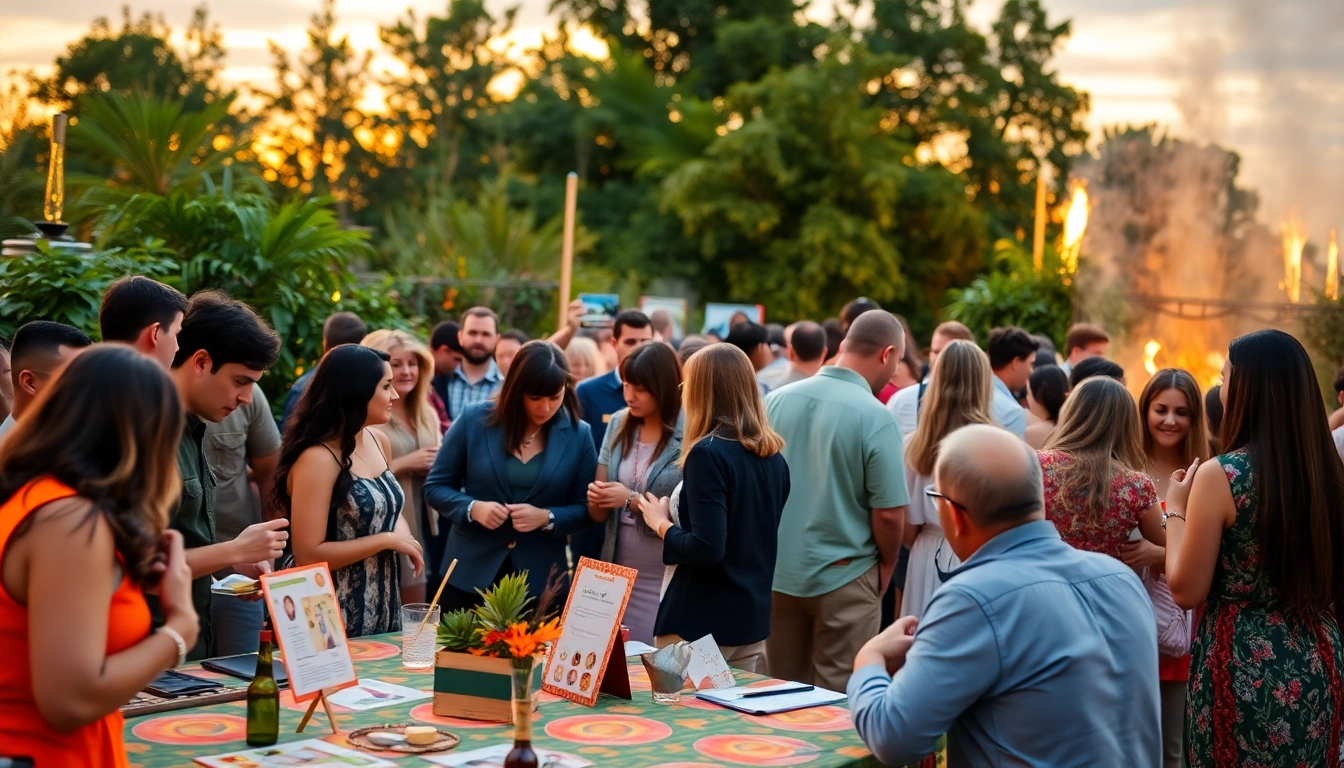
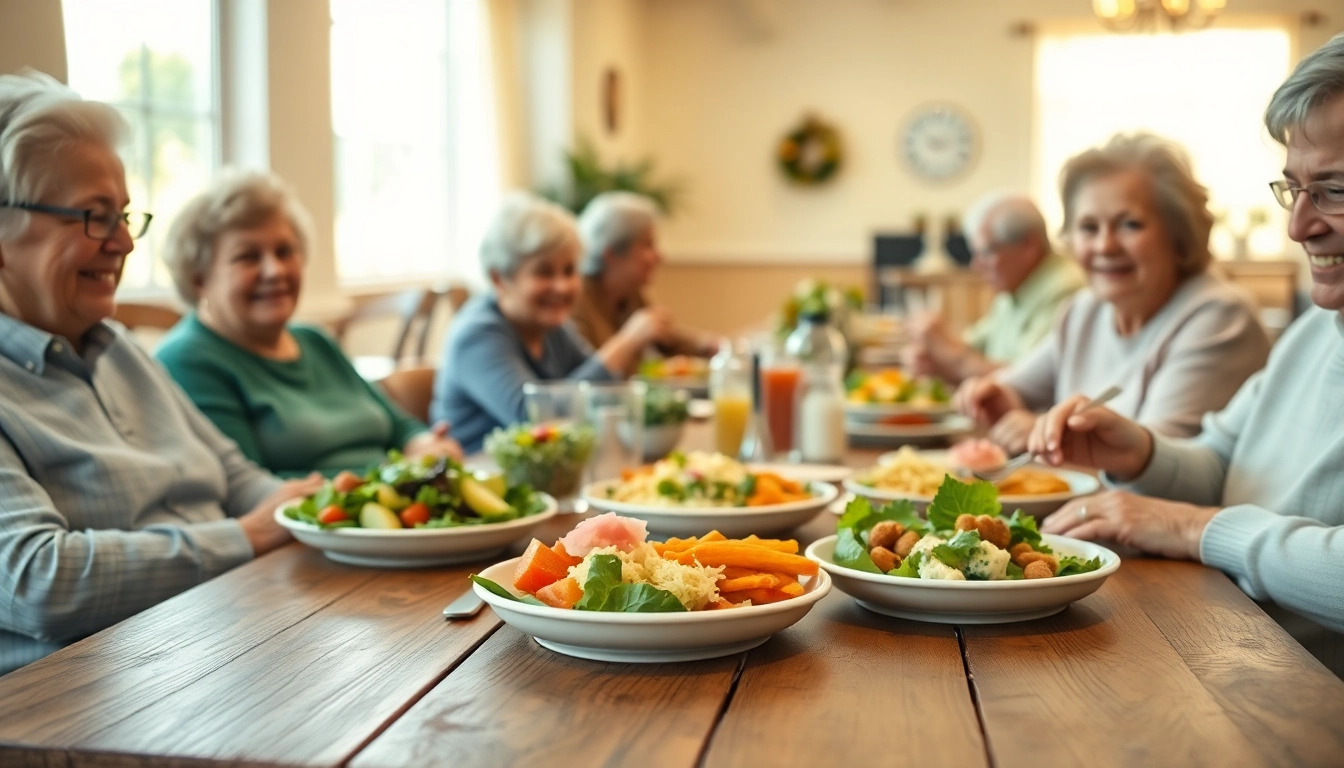
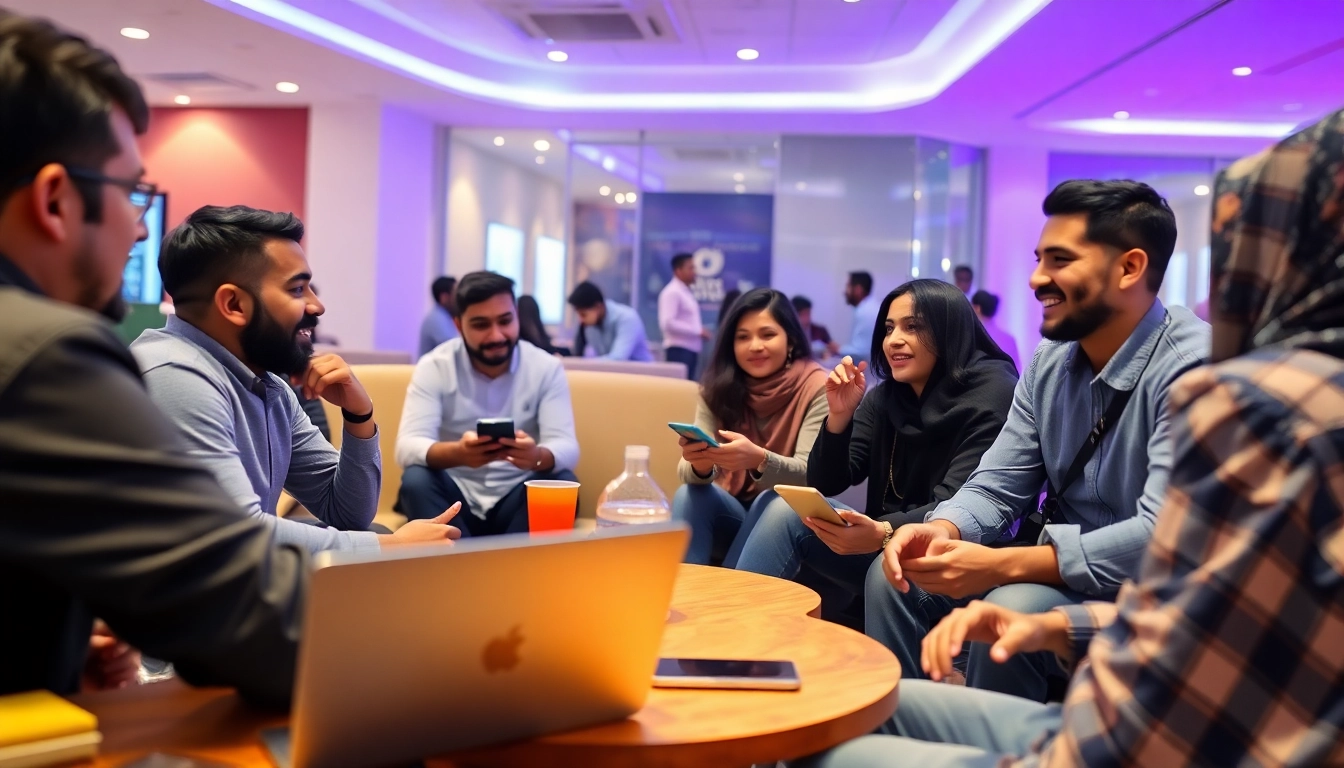
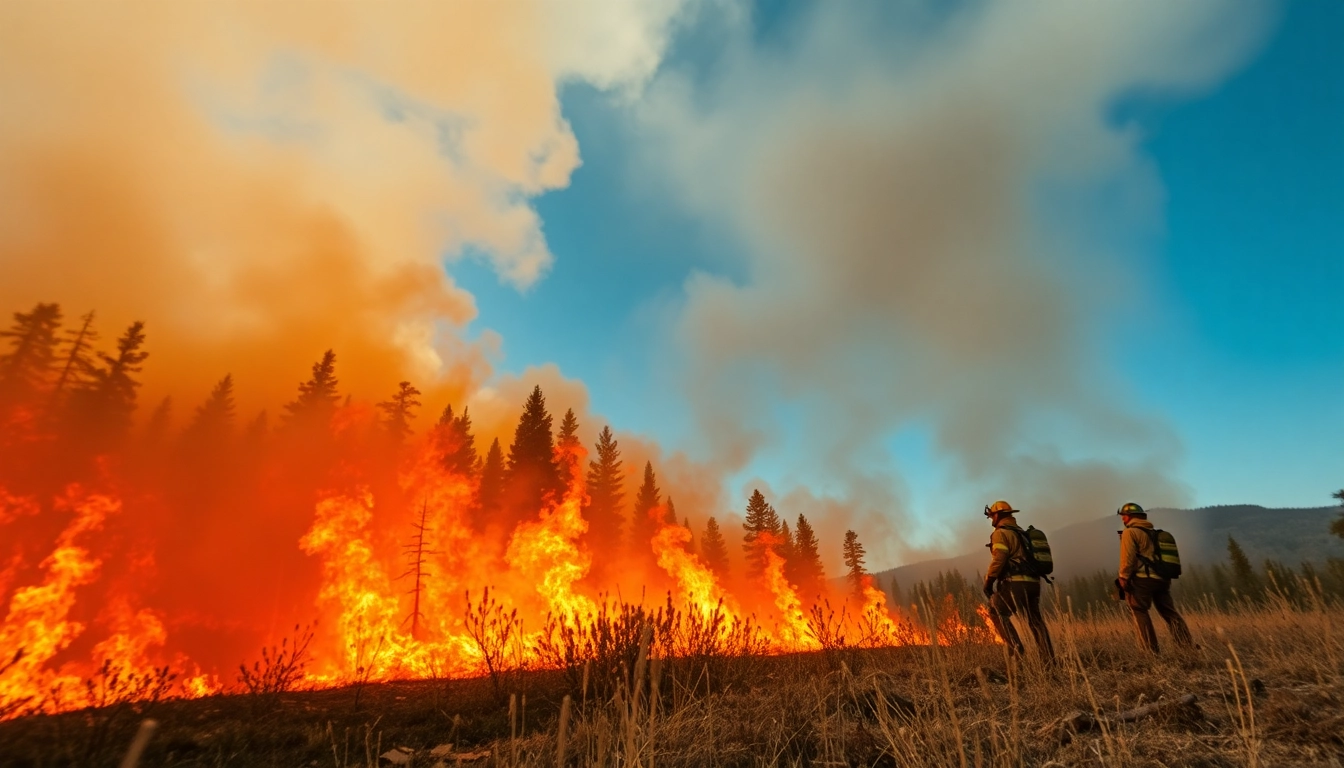
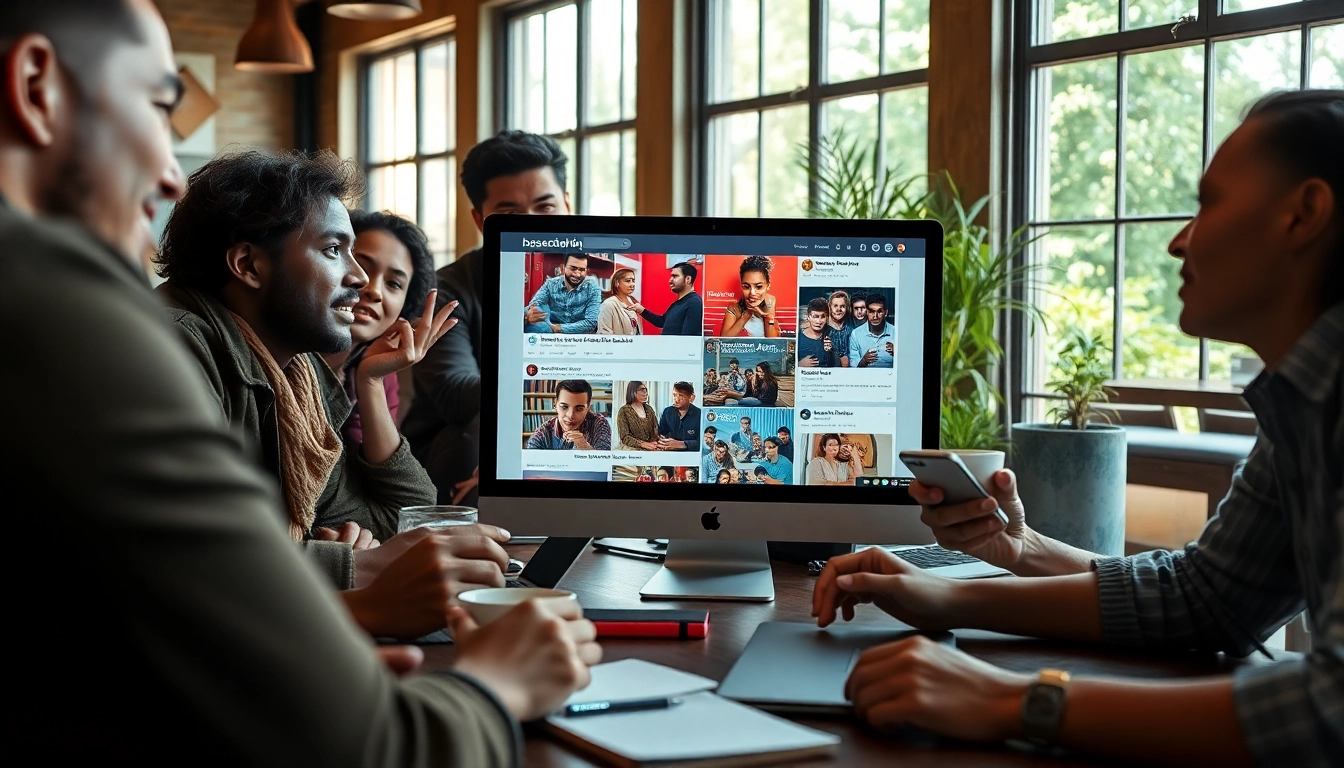





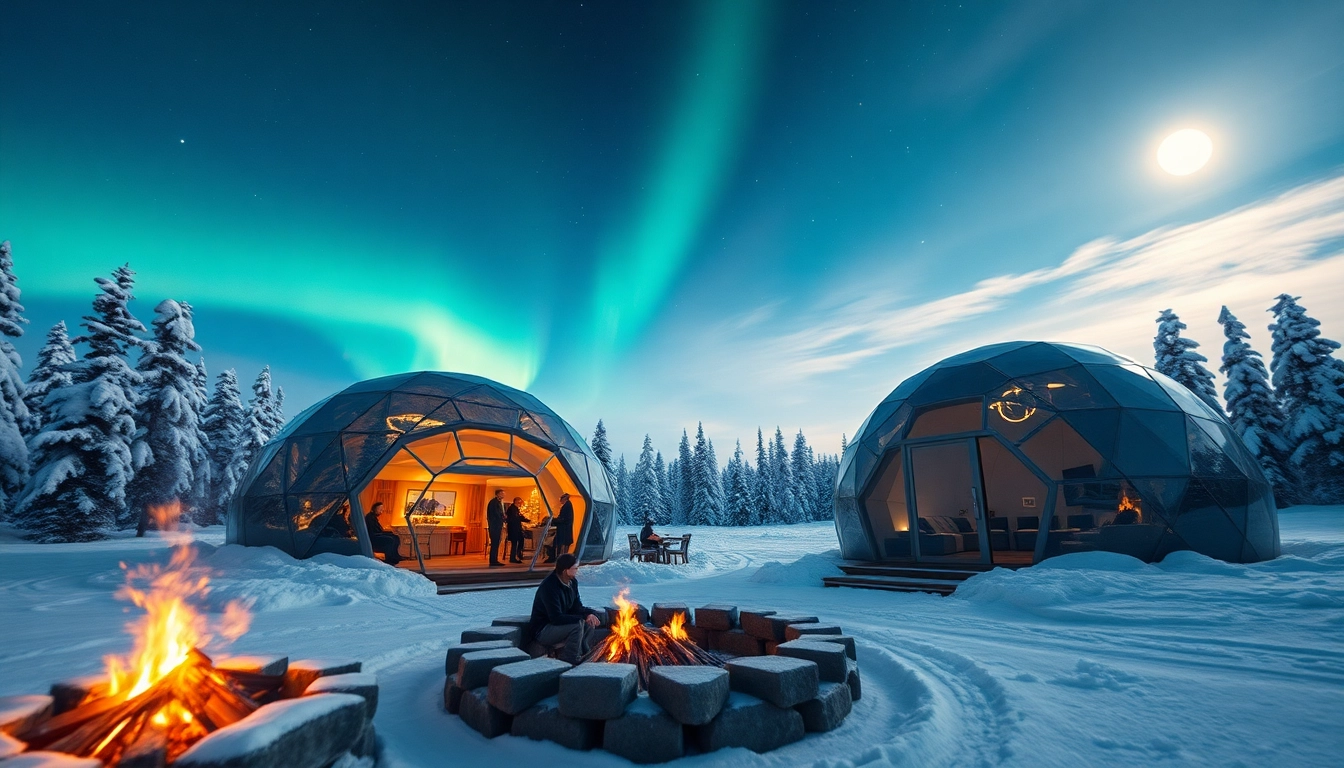
Leave a Reply